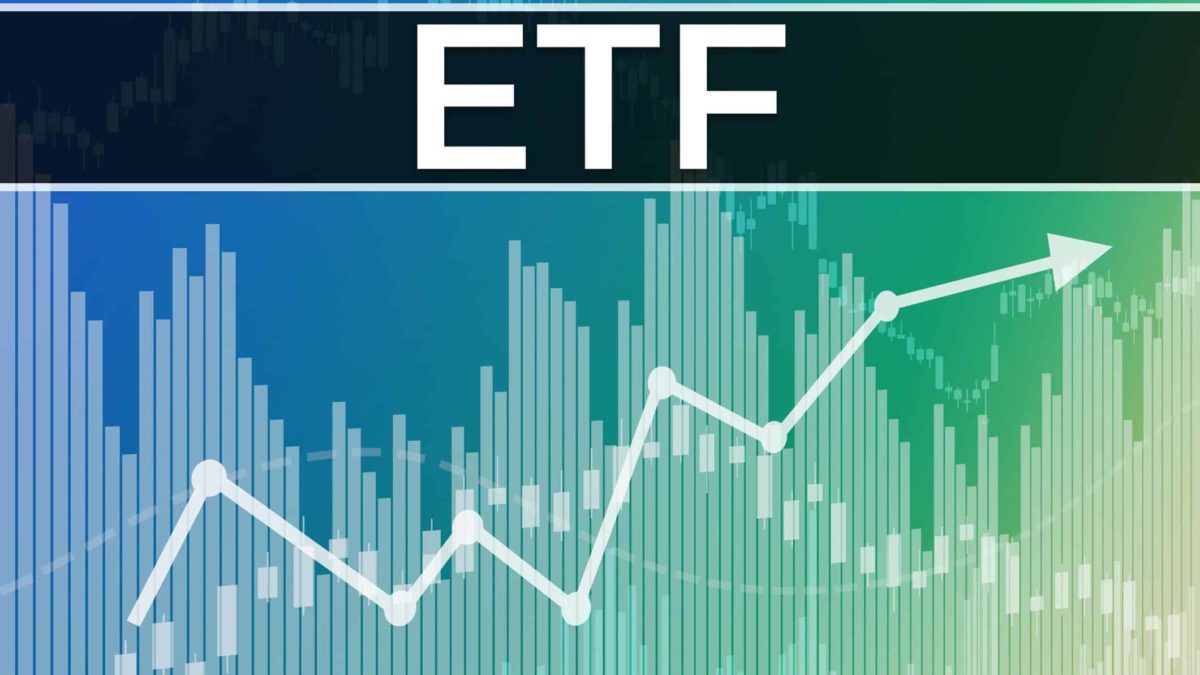The iShares S&P 500 ETF (ASX: IVV) has been one of the best-performing ASX-listed exchange-traded funds (ETFs) over the last five years. It also pays dividends (distributions) to investors.
The IVV ETF gives investors access to a fund that follows the S&P 500, an index that tracks the performance of 500 of the largest businesses listed in the US. It includes stocks on both the NYSE and NASDAQ.
Over the five years to February 2025, the iShares S&P 500 ETF delivered an average return per year of 17.4%. That's an excellent rate of wealth compounding, though I'm not expecting the next five years to be as good.
That performance has largely been driven by the strength of returns of its holdings of US technology giants such as Nvidia, Apple, Microsoft, Amazon, Meta Platforms, Alphabet and Broadcom. Berkshire Hathaway has also been a useful contributor to the IVV ETF's performance.
After such strong capital gains, investors may be wondering what the passive income is from the iShares S&P 500 ETF.
IVV ETF dividend yield
A dividend yield is decided by the size of the payment and the share price/unit price.
An ETF's dividend yield is heavily influenced by the underlying holdings. The ETF acts as a conduit for all of the dividend income that it receives from its holdings and sends that money to investors.
The strength of the capital gains for the IVV ETF has unfortunately pushed down on the yield on offer for new investors in this ASX ETF.
At the end of February 2025, the iShares S&P 500 ETF had a dividend yield of 1.01%.
That's certainly not a great dividend yield.
However, it's the overall net return of the fund that makes the biggest difference to our wealth. As I mentioned at the start of this article, the overall returns have been wonderful. The great net returns have been partly down to an annual management fee of 0.04%. It's one of the cheapest investment funds on the ASX.
Foolish takeaway
I'm not expecting the IVV ETF to start offering an impressive dividend yield any time soon. But, I think the cash payouts are a useful addition to the returns provided by the unit price growth over the years.
So, for investors looking for large investment income, this fund isn't likely to provide that. However, it's likely to perform at least adequately over the long-term because of its exposure to very strong US businesses which continue to invest to unlock further profit growth. Trends like global digitalisation, cloud computing and AI are all helpful tailwinds for earnings, which can help the IVV ETF in the longer-term.









